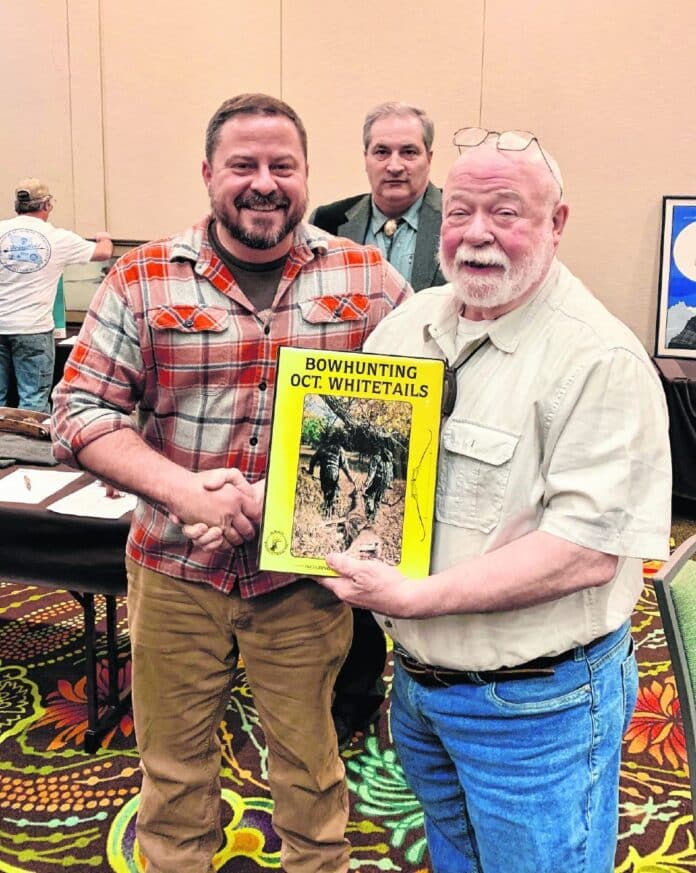
With so many legal means of modern hunting, gun hunting, bow hunting, crossbow hunting, etc., each group likes to shout from the tallest mountain that their way is the right way. Traditional bowhunters choose to use equipment that is free of mechanical advancements. Longbows, selfbows and recurve bows are the tools of a traditionalist’s trade. These differ from the modern compound bow by having no let-off at full draw, thus eliminating the advantage of being able to hold back and wait. In my opinion, traditional bowhunting is the pinnacle of ethical pursuit.
Traditional bowhunters are a minority of the hunting crowd. A normally quiet group that has accepted a set of simplistic bowhunting principles, they like to keep things close to the old ways. They take pride in leaving prey with as much advantage as possible.
The Professional Bowhunters Society (PBS) is an organization primarily consisting of traditional bowhunters. Last week, just before the ban on all large gatherings, I attended the PBS biannual convention. This year it was held in Springfield, Missouri. What I found were about 400 traditional archers coming together to celebrate the past, present and future of hunting in its purist form.
According to the PBS website, “It is the purpose of the Professional Bowhunters Society to be an organization dedicated to the preservation of bowhunting’s traditional values and to attract members who vow: That by choice, they have selected bowhunting as their primary archery interest. To share experiences, knowledge and shooting skills. To set a good example and to serve as a role model for youth and others in the hunting fraternity. To abide by game laws and support sound scientific management of our outdoor resources.”
Traditional bows are reminiscent of years gone by, comparable to what the Native Americans may have used centuries ago. Of course, unless a traditionalist is making its bow from a stave, building arrows from branches, knapping flint broadheads, and twisting horse hair into a string, then they are still succumbing to some advantages of technology.
In my experience, what I’ve come to recognize as the major difference between traditional bowhunters and all other hunters is, traditionalists work hard to set themselves up for failure, and they take more from the journey than the kill. Not to say all hunters don’t, it’s just unusually present with traditional bow hunters.
I hunt with just about any legal weapon. I shoot a recurve, a longbow, a compound, rifles, shotguns and muzzleloaders. I enjoy them all, but I’m especially drawn to the traditionalist way. I have found there to be so much glory in failing at a difficult task, much more so than simply once again succeeding at the norm.
A traditional bowhunter rendezvous is rooted in campfire philosophy. These events are gatherings of hunters who find joy in being with their brothers of the bow to discuss hunts past and future plans. The archers you’ll find sitting around the fire of a traditional rendezvous are less likely to be concerned about the score of a buck’s rack as they are about quality of the hunt.
Indiana and Michigan host two of the largest traditional archery rendezvous in the country: Cloverdale Traditional Archery Nationals and Compton Traditional Rendezvous. Both shoots feature traditional archery-only shooting courses, vendors, seminars and speakers, camping and camaraderie.
If you have ever considered taking up the craft of traditional archery or simply wondered what’s wrong with these people shooting sticks, attending one of these rendezvous would be a great way to learn what the whole traditional bow culture is about. These events are also one of the best ways to pick up new and used equipment at good deals, as well as information on people or places.
See you down the trail.




